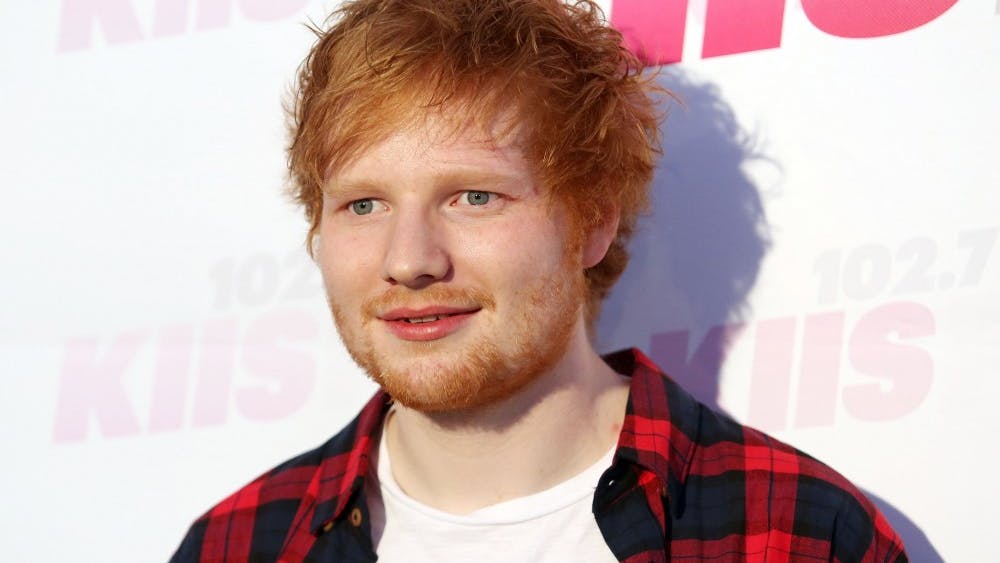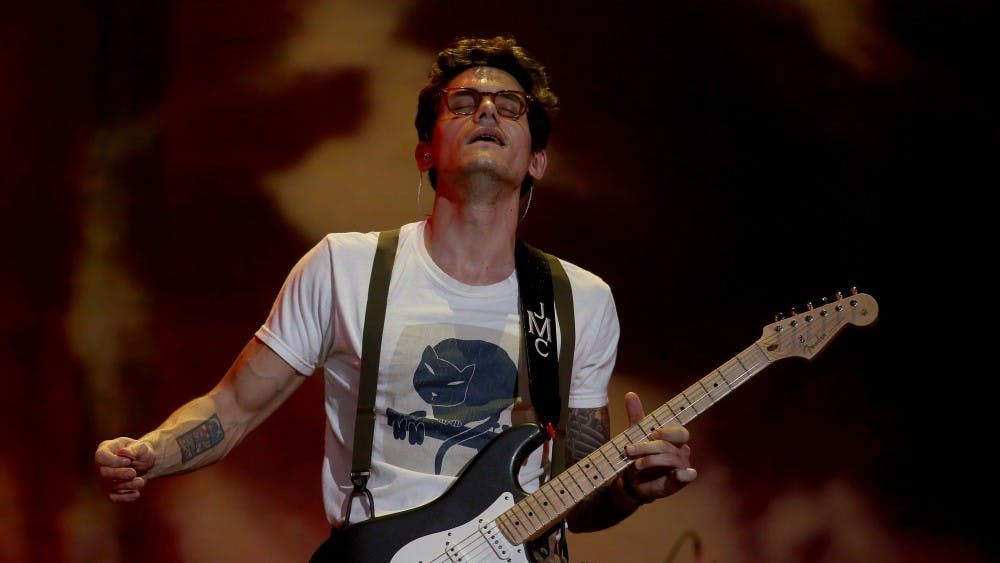After more than three years of intense friendship, dedication and sacrifice, Burn it Down is standing on the brink of a new world. With the release of its debut full-length CD, Let the Dead Bury the Dead, this Indianapolis quartet has risen above its status as one of the city's better hardcore bands. The band now stands at the edge of the unknown.\nAfter forming in early 1997, the band came into its own and began building a local name, even opening an Indianapolis show for Metallica. The release of its 1998 EP Eat Sleep Mate Defend and its split CD with Chicago's Racetraitor quickly helped establish the band as one of Indianapolis' rising stars.\n"From the beginning, we took opportunities to support national bands when they came through," says vocalist Ryan Downey. "We flyered the heck out of this town. But we also sent our earlier recordings out to a lot of labels, a lot of distributors."\nEven as the band extensively began touring the East Coast, the home base for all things hardcore, feelings started to change internally for Burn it Down. The band reacquired former bassist Jason McCash in 1998, solidifying its still-present lineup of McCash, Downey, guitarist John Zeps and drummer Brian "Bob" Fouts.\nA different approach to the music shined through as Burn it Down began 2000. The band did short tours with some of the biggest names in the underground hardcore scene, including ZAO, the Dillinger Escape Plan and the August co-headlining tour of In Flames and Earth Crisis.\nIn between, it filled its time with small local gigs, often opening for touring national acts at the Emerson Theater in Indianapolis, which McCash owned at the time. At these shows, the band began debuting some of the songs which would eventually appear on Let the Dead Bury the Dead.\n"You have 'The Ghost Untied,' which is kind of the long epic trance song," says Downey. "Then you have songs like 'Do Your Worst' or 'Ten Percent of the Law,' which are real aggressive, straightforward hardcore noisecore songs. But there's a sound, a style and a vibe that's consistent through all those songs; that's the thread that provides some continuity and holds it all together."\nGone was the straight, one-sided hardcore approach to music, replaced by a sense of melody and harmony usually not associated with this brutally harsh genre of music. The band still carried the ability to crush its audience, which was evident in both the old and new material. It was replaced by a curious breed of music never before heard.\nCombining the sensibilities of pop vocals, the menacing approach of metal, the passion of ambient instrumental music and the directness and rhythm of hardcore punk, Burn it Down created a strong and unopposed force in terms of storytelling, captivation and advocating its message throughout the hardcore community, especially for a non-East Coast band. \n"We all grew up on late '80s thrash Bay Area bands like Dark Angel, Death Angel, Metallica and Slayer," says Downey. "We all only got more into hardcore with the whole DIY ethic of doing your own shows, picking up your band by its boot straps and going out to this whole network, this community."\n"With the new album, we're playing for ourselves and not worrying about what the hardcore community is going to think," says Zeps.\nSurprisingly, the hardcore community embraced Burn it Down's new approach with even more vigor than its old. A scene normally known for rejecting anything too commerical or too far-removed from its own status quo, Burn it Down watched as its popularity, coupled with a renewed touring schedule, soared to what many would have considered unimaginable heights.\nNow the band stands at its new threshold. It will shortly begin touring in support of the new album, opening its first full U.S. tour this fall, again with In Flames and this time with Shadows Fall, one of the biggest hardcore metal success stories of 2000, opening.\n"It's exciting to have the experience of (being a national act)," says Downey. "I'm excited to start fresh."\n"The rewards we're going to reap are going to be way more beneficial than otherwise," says Zeps. "We're the type of band that's never going to be satisfied."\nMaintaining such a tough touring schedule and attempting to sufficiently promote its new album has proven to be one of the toughest challenges for Burn it Down. All of the members lead very busy lives.\nDowney is a staff writer at Metal Maniacs magazine and a frequent contributor to NUVO, in addition to running his own underground hardcore publication, Superhero. Fouts works at a record store in addition to playing in his side project, 6015. Although McCash is no longer owner of the Emerson, he is married with two small children. And in addition to being married, Zeps owns a Tracks record store on the north side of Indianapolis.\n"The band can't be stagnant," says Zeps. "If the band is stagnant, then it will fizzle."\nDespite its commitments and obligations, the band claims it is well-versed in time management and that promoting the album is not a forgotten goal. It hopes to tour as widely as Europe and Japan in 2001.\nBut, at the end of the day, the primary question remains. Is Burn it Down simply a hardcore act with a wide variety of influences, or has it officially evolved into a new creature, a multi-influenced musical unit, open to various forms of expression but never bound by one?\nIn music, as in life, often the primary question is actually the one which least elicits an answer. \nBurn it Down plans to continue until it cannot reasonably function any longer, or, as Zeps says, "until the drummer starts writing the guitar riffs." Until then, perhaps the answer is best left unspoken.
Burn it down
Indianapolis band ready to move on
Get stories like this in your inbox
Subscribe





